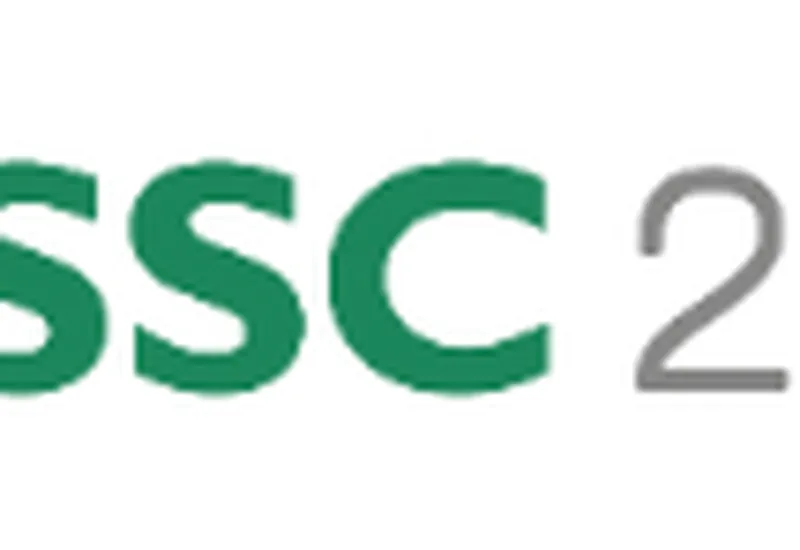What will be the benefits of using ISO 45001?
An ISO 45001 based OH&S management system will enable an organization to improve its OH&S performance by:
• developing and implementing an OH&S policy and OH&S objectives
• establishing systematic processes which consider its “context” and which take into account its risks and opportunities, and its legal and other requirements
• determining the hazards and OH&S risks associated with its activities; seeking to eliminate them, or putting in controls to minimize their potential effects
• establishing operational controls to manage its OH&S risks and its legal and other requirements
• increasing awareness of its OH&S risks
• evaluating its OH&S performance and seeking to improve it, through taking appropriate actions
• ensuring workers take an active role in OH&S matters
In combination these measures will ensure that an organization’s reputation as a safe place to work will be promoted, and can have more direct benefits, such as:
• improving its ability to respond to regulatory compliance issues
• reducing the overall costs of incidents
• reducing downtime and the costs of disruption to operations
• reducing the cost of insurance premiums
• reducing absenteeism and employee turnover rates
• recognition for having achieved an international benchmark (which may in turn influence customers who are concerned about their social responsibilities)

ISO 45001:2018 Certification
Who are the intended users of the Standard?
The simple answer is all organizations. It should not matter if your organization is a micro business, or a global conglomerate; if it is a non-profit organization, a charity, an academic institution, or a government department. As long as your organization has people working on its behalf, or who may be affected by its activities, then using a systematic approach to managing health and safety will bring benefits to it. The standard can be used by small low risk operations equally as well as by high risk and large complex organizations. While the standard requires that OH&S risks are addressed and controlled, it also takes a risk based approach to the OH&S management system itself, to ensure a) that it is effective and b) being improved to meet an organization’s ever changing “context”. This risk based approach is consistent with the way organizations manage their other “business” risks and hence encourages the integration of the standard’s requirements into organizations’ overall management processes.
Source: www.iso.org











main.comment_read_more